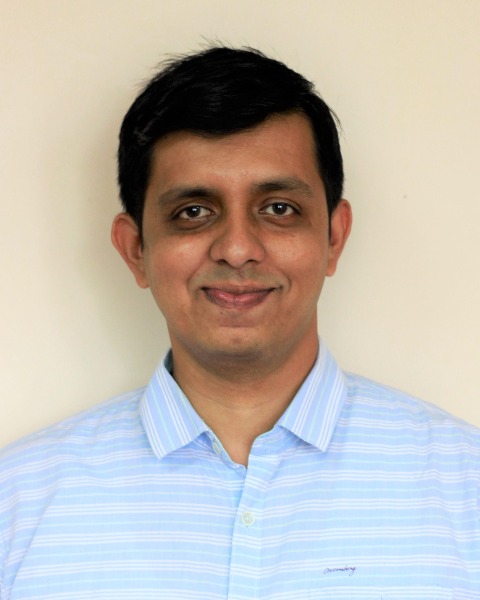Adult Diagnostic (AD)
(PP1604) ICF Based Analysis of Problems and Life Effects in Adults with Auditory Neuropathy Spectrum Disorder

Prashanth Prabhu, Assistant Professor
Faculty in Audiology
All India Institute of Speech and Hearing
Mysore, Karnataka, India
Nisha K V, Scientist B
Scientist B
All India Institute of Speech and Hearing
Mysore, Karnataka, India- GK
Gayathri K, STUDENT
POST GRADUATION STUDENT
ALL INDIA INSTITUTE OF SPEECH HEARING,MYSORE
MANJERI, Kerala, India .jpg)
Malavika P, Student
Post graduation student
All India Institute of speech and hearing, Mysuru
Bengaluru, Karnataka, India- AB
- JK
Lead Presenter(s)
Contributor(s)
The aim of the study was to determine the relationship between auditory neuropathy spectrum disorder (ANSD) and the problems and life effects experienced by individuals diagnosed as ANSD in Indian population using the International Classification of Functioning, Disability and Health (ICF) model. Responses to the open-ended questions were classified using the framework in a multidimensional manner in 25 adult participants with ANSD. Most of the problems and the life effects confronted by individuals with ANSD were linked to activity limitations and participation restrictions followed by body function and a small number of responses related to environmental factors.
Summary:
Rationale: Individuals with auditory neuropathy spectrum disorder (ANSD) show multi-faceted ramifications of the disorder whereas the conventional assessment is confined only to the audiological profiling. The auditory perceptual difficulties in them is investigated using battery of behavioral and electrophysiological auditory tests. Since these studies fail to recognize their personal and emotional lives, a complete profile of the limitations in ANSD individuals on everyday listening situations can be understood by perceptual measures. The aim of the study was determining the relationship between ANSD and the problems and life effects experienced by individuals diagnosed as ANSD in Indian population using the ICF model.
Methods: Responses to the open-ended questions were classified using the International Classification of Functioning, Disability and Health (ICF) framework to acknowledge the effect of ANSD in a multidimensional manner. The study followed a cross sectional survey design with 25 adult participants (15 females and 10 males) with ANSD. The first question of the two open ended questions for data collection concentrated on the problems related to having ANSD and the second to its life effects. All the responses collected were linked to the corresponding ICF categories according to the ICF’s established linking rules using a simplified content analysis approach.
Results: 70 responses were obtained for the problem question, 44 responses for the life effects question, and 1 response which is not codable under ICF classification. For the comparison of the number of responses obtained for the two open-ended questions, a Wilcoxon signed-rank test was done. The results showed significantly higher (Z= -2.38, p< 0.02) problems for problem question compared to life effects question. Most of the problems and the life effects confronted by individuals with ANSD were linked to activity limitations and participation restrictions followed by body function and a small number of responses related to environmental factors. The frequent number of responses related to activity limitations and participation restrictions pertained to “Communicating with—receiving—spoken messages” (d310). For body functions, “hearing functions” (b230), and “General products and technology for personal use in daily living” (e1150) occurred most under environmental factors category. Previous studies on ANSD report significant hearing related handicap in social and functional domain in individuals with ANSD. There are reports of psychological problems and tinnitus related distress in them. The focus of audiological rehabilitation should also be towards the overall problems affecting the individuals with ANSD.
Conclusions: The study emphasizes on the impact of problems and life effects in individuals with ANSD. The results show the multi-faceted nature of the ANSD on people affected. Audiologists should incorporate a patient-centric and holistic approach in the assessment and management of adults with ANSD using the ICF model. The study highlights the importance of in-depth counseling and appropriate referral to improve the quality of life of adults with ANSD. Learning Objectives:
